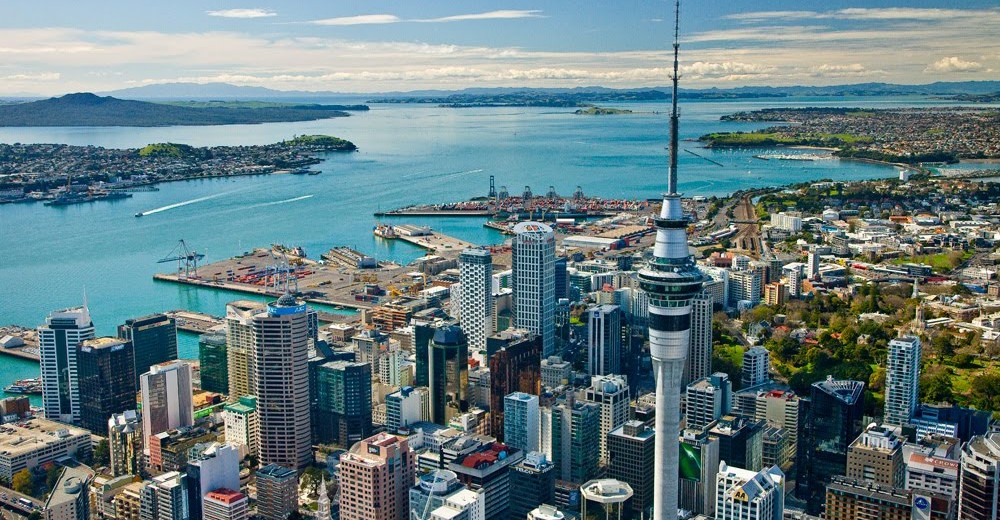

| Company Category : Luxury |
| Company name : Silversea |
| Ship name : Silver Muse |
| Journey Start Date : Thu 05 Mar 2020 |
| Journey End Date : Tue 17 Mar 2020 |
| Port start : Melbourne / Australia |
| Port end : Auckland / New Zealand |
| Count Nights : 12 nights |
| Day | Port | Date | Arrival | Departure |
|---|---|---|---|---|
| 1 | Melbourne / Australia | Thu 05 Mar | 08:00 | |
| 2 | Melbourne / Australia | Fri 06 Mar | 16:30 | |
| 3 | Bernie (Tasmania) Burney / Austria | Sat 07 Mar | 07:30 | 13:00 |
| 4 | Tasmania (Hobart) / Australia | Sun 08 Mar | 09:00 | 23:00 |
| 5 | Mon 09 Mar | |||
| 6 | Tue 10 Mar | |||
| 7 | Milford-Sound / New Zealand | Wed 11 Mar | 08:00 | 10:00 |
| 7 | Dautful Sound Fjord / New Zealand | Wed 11 Mar | 13:15 | 15:00 |
| 7 | Daski-Sound / New Zealand | Wed 11 Mar | 17:30 | 19:30 |
| 8 | Thu 12 Mar | |||
| 9 | Port Chalmers / New Zealand | Fri 13 Mar | 08:00 | 18:00 |
| 10 | Christchurch / New Zealand | Sat 14 Mar | 08:00 | 18:00 |
| 11 | Picton / New Zealand | Sun 15 Mar | 08:00 | 18:00 |
| 12 | Mon 16 Mar | |||
| 13 | Auckland / New Zealand | Tue 17 Mar | 08:00 |
| Width : 27.00 |
| Length : 212.00 |
| Speed : 19.80 |
| Capacity : 596 |
| Deck Quantity : 8 |
| Cabin Quantity : 256 |

Melbourne is the capital and most populous city of the Australian state of Victoria, and the second most populous city in Australia and Oceania. Its name refers to an urban agglomeration of 9,992.5 km2 (3,858.1 sq mi), comprising a metropolitan area with 31 municipalities, and is also the common name for its city centre. The city occupies much of the coastline of Port Phillip bay and spreads into the hinterlands towards the Dandenong and Macedon ranges, Mornington Peninsula and Yarra Valley. It has a population of approximately 4.9 million (19% of the population of Australia), and its inhabitants are referred to as "Melburnians".
The city was founded on 30 August 1835, in what was the British colony of New South Wales, by free settlers from the colony of Van Diemen’s Land. It was incorporated as a Crown settlement in 1837 and named in honour of the British Prime Minister, William Lamb, 2nd Viscount Melbourne. It was declared a city by Queen Victoria in 1847, after which it became the capital of the new colony of Victoria in 1851. In the wake of the 1850s Victorian gold rush, the city entered the "Marvellous Melbourne" boom period, transforming into one of the most important cities in the British Empire and one of the largest and wealthiest in the world. After the federation of Australia in 1901, it served as interim seat of government of the new nation until Canberra became the permanent capital in 1927. Today, it is a leading financial centre in the Asia-Pacific region and ranks 20th in the Global Financial Centres Index.

Melbourne is the capital and most populous city of the Australian state of Victoria, and the second most populous city in Australia and Oceania. Its name refers to an urban agglomeration of 9,992.5 km2 (3,858.1 sq mi), comprising a metropolitan area with 31 municipalities, and is also the common name for its city centre. The city occupies much of the coastline of Port Phillip bay and spreads into the hinterlands towards the Dandenong and Macedon ranges, Mornington Peninsula and Yarra Valley. It has a population of approximately 4.9 million (19% of the population of Australia), and its inhabitants are referred to as "Melburnians".
The city was founded on 30 August 1835, in what was the British colony of New South Wales, by free settlers from the colony of Van Diemen’s Land. It was incorporated as a Crown settlement in 1837 and named in honour of the British Prime Minister, William Lamb, 2nd Viscount Melbourne. It was declared a city by Queen Victoria in 1847, after which it became the capital of the new colony of Victoria in 1851. In the wake of the 1850s Victorian gold rush, the city entered the "Marvellous Melbourne" boom period, transforming into one of the most important cities in the British Empire and one of the largest and wealthiest in the world. After the federation of Australia in 1901, it served as interim seat of government of the new nation until Canberra became the permanent capital in 1927. Today, it is a leading financial centre in the Asia-Pacific region and ranks 20th in the Global Financial Centres Index.

Burney

Hobart is the capital and most populous city of the Australian island state of Tasmania. With a population of approximately 225,000 (over 40% of Tasmania's population), it is the least populated Australian state capital city, and second smallest if territories are taken into account (after Darwin, Northern Territory). Founded in 1804 as a British penal colony, Hobart, formerly known as Hobart Town or Hobarton, is Australia's second oldest capital city after Sydney, New South Wales. Prior to British settlement, the Hobart area had been occupied for possibly as long as 35,000 years, by the semi-nomadic Mouheneener tribe, a sub-group of the Nuennone, or South-East tribe. The descendants of these Aboriginal Tasmanians often refer to themselves as 'Palawa'.










